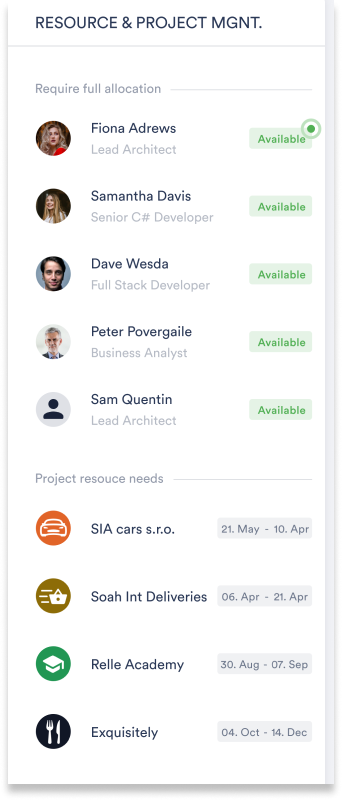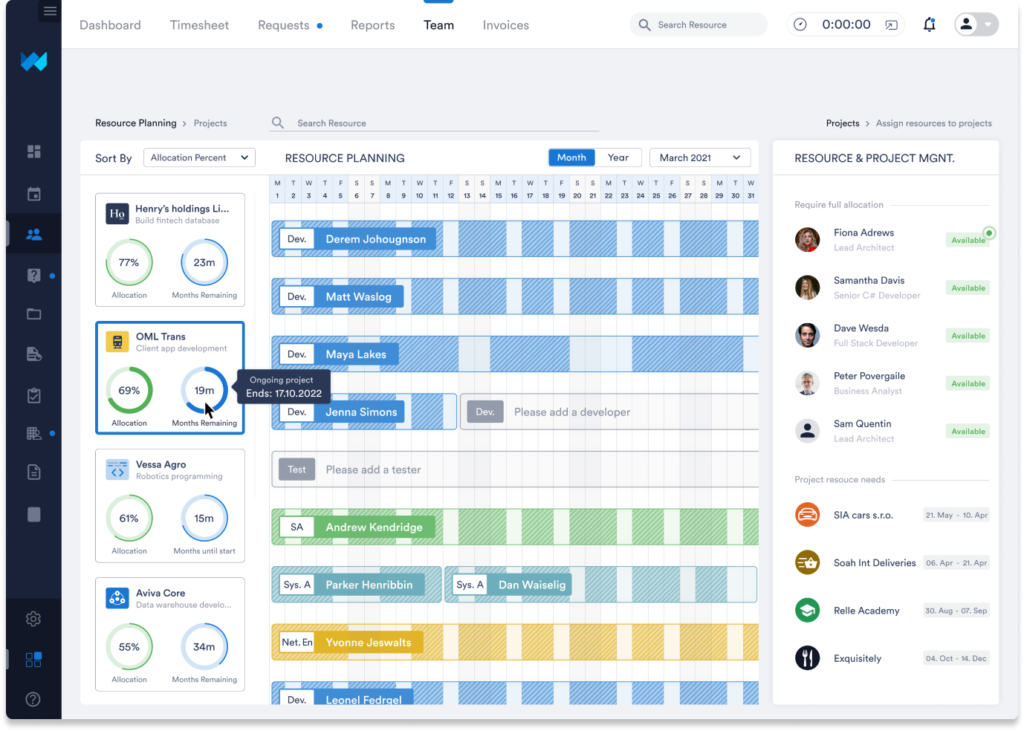What happens when you have multiple projects? You’re thinking about some new ideas. You’re moving some resources from one project to another. A lot is happening on many projects at the same time. Some are just starting, some are in progress, some are almost finished. This is why you need to set up solid project pipeline management processes and tools. We’ll explain how.

What is a project management pipeline and why is it important?
Project pipeline meaning is often misunderstood. Let’s clarify it! The project pipeline starts from even before a project starts and goes past when they finish. And, includes all of your company’s projects.
- The pipeline includes not only the projects that are currently in progress.
- It also includes projects that might happen – basic ideas plus accepted and rejected proposals.
- Completed projects are also in the pipeline. Their records and applicable learning points help form improved ways of working on current and future projects.
A project pipeline visualizes the process of all the stages of all your projects and is incredibly important. Why? Mainly, because your project pipeline strategy allows you to manage your projects effectively. Imagine having fifteen 1000-piece Lego sets. You have eleven friends to help you put them together. But, all the pieces are on the floor. You don’t have any instruction books. And, you have a limited time to make what’s on the box. Good luck! Your projects are the same – you’ll make something, but not the outputs you’ve been hired to deliver.
Here are more reasons to really focus on your project pipeline.
- A project pipeline gives you a clear overview of all the stages of all your projects. It’s easy to focus on each detail but we also need to see the forest from the trees.
- Tracking the progression of your project is key. Are we on time? Can we predict any bottlenecks? What other projects’ stages are transitioning at the same time? When can we take up a new project? Seeing each project move from stage to stage allows you to manage multiple projects simultaneously.
- Resource capacity planning and resource allocation go hand-in-hand with your project pipeline. Each informs the other, and helps you make wise and accurate business and resourcing decisions.

- Record-keeping remains up-to-date. Managing your pipelines means you stay on top of your documentation. It should push you to keep an eye on the agreed project metrics, success factors, dates, budgets, invoicing, timesheets, and learning points.
Project pipeline management stages
The project pipeline management process is best managed by bringing your company’s projects through a common set of stages.
1. Ideas stage
The ideas stage is blue sky thinking. Explore, elicit, and bounce around any ideas. Don’t limit these to management staff – find out what ideas your employees might have, too. And be open to industry trends. Stay current with your market research and especially your customers’ queries during your ideation stages. A good way to think about this stage is opportunity management. Keep track of ideas and let your staff collaborate.
2. Proposal stage
Not all ideas will make it to the proposal stage. Your decision-making team must narrow the ideas down to the ones with the most strategic and business potential – others will be trashed, and others parked for later. Now you’ll get more serious. Draw up some plans. Estimate costs, budgets, and income. Pitch a presentation to stakeholders, for example customers or investors. Make sure you include a risk analysis but also highlight all the opportunities and benefits the project would provide. You may need patience and persistence. Sometimes there are several rounds of proposal stages depending how your company or customers operate. If the proposal is accepted, move on to the planning and progress stages.
3. Planning stage & Progress stage
For the pipeline planning and progress stages, use an adaptive project management approach while you rigorously manage and allocate your resources. Activities will include:
- sprint/cycle planning,
- meeting task and sub-task objectives,
- meetings and checkpoints with your customers/stakeholders,
- delivering outputs as each sprint/cycle burns down, and
- building up good practice.
But, all of this is happening for multiple projects simultaneously! But Weekwise is here to save the day. It gives you a slick and intuitive interface to manage your planning and agile/adaptive stages and activities of all your pipeline’s projects.

4. Completion stage
Crack open the champagne! You’ve delivered the final outputs to the customers. They’ve fulfilled their payment obligations. But, you’re not finished yet! You don’t want months of hard work to evaporate with final delivery and your celebration bubbles. Make sure you retrospect the whole project: tidy up the record-keeping and assess strengths and weaknesses. Simply put, make sure you take away efficiencies and learning to drive your other current and future projects.
7 tips to create an effective project pipeline management strategy
1: Our number one tip is to use Weekwise. It’s a sleek, easy-to-use, collaborative, road tested cloud-based project management tool. Weekwise will help you organize your entire project pipeline from start to finish. Having the right tool saves so much time and stress and lets the whole team take ownership of the projects’ activities.
2: Be open and flexible to new ideas. You never know which one will hit the target and be a big earner.
3: Don’t get too fixated on any particular project. If the proposal is parked or rejected, move on! More ideas and more projects will be on the way.
4: Maintain the bird’s eye view of the whole pipeline. Because all of the stages are cyclical, and you may have many simultaneous projects, it’s important to maintain an overview. This will help with resource capacity planning and allocation. Do this visually – Weekwise can do this for you.
5: Don’t forget your agreed KPI or metrics. Your measurements will be useful in evaluating, retrospecting, and trouble spotting for adjustments during the progress stage. Make sure you have pipeline report examples to show investors or high-level stakeholders, not only reports about individual projects or tasks of a project.
6: Remember your customers. The key is not managing your projects. The key is managing your projects so that they really deliver! Customers should be a constant in your pipeline. You can take on their ideas. You will propose projects to them. You will consult and verify projects are meeting their objectives and needs.
7: Integrate boring monotonous tasks like invoicing and timesheeting into your project pipeline. These tasks are so straightforward in Weekwise. Having such functions in your project management tool means the money trail across your whole pipeline is easy to track.
Try Weekwise and check for yourself.